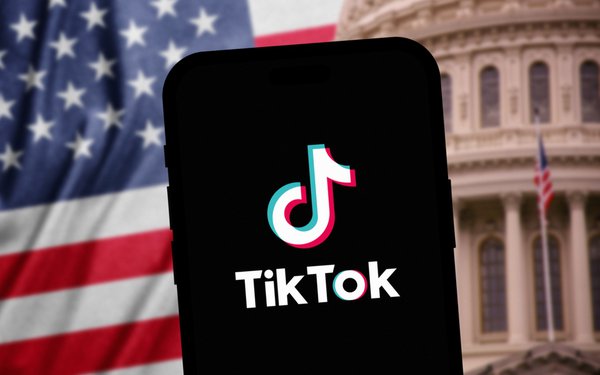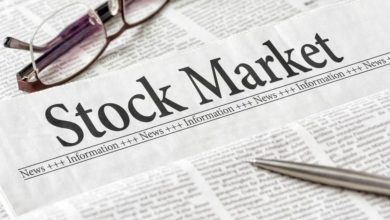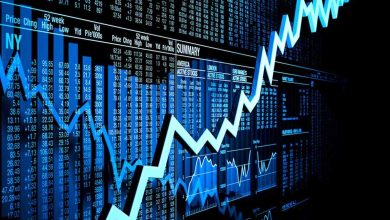Amazon Super-Sized Prime Day: A High-Stakes Gamble on Shoppers Amid Tariff Fears

SEATTLE, WA – Amazon is rolling the dice on its most ambitious Prime Day yet, extending its flagship shopping event to a record four days from July 8-11. While analysts forecast a potential sales bonanza, the move is seen as a high-stakes strategy to outmaneuver economic anxieties, fend off fierce retail competition, and, most critically, get ahead of looming trade tariffs.
For years, Amazon’s Prime Day has been the undisputed king of summer sales, forcing rivals like Walmart, Target, and even TikTok to launch their own competing discount events. But 2025’s “super-sized” event isn’t just about competition; it’s a calculated response to a ticking clock.
Analysts from Bank of America and other market watchers point to the event’s timing as a key tell. The sale strategically wraps up just as the pause on the Trump administration’s most significant tariffs is scheduled to end on July 9. This placement suggests a push to lock in sales before potential price hikes hit a wide range of consumer goods.
“This summer is more important because of the pending tariffs,” noted Matt Pavich, senior director at pricing analytics firm Revionics. He explained that by securing sales early, Amazon can build a cushion against future economic turbulence. “As you are about to raise prices due to tariffs, it helps your price perception by having some really good offers in the market,” Pavich added.
Record Predictions Clash with Cautious Consumers
Despite the strategic timing, the outlook for Prime Day 2025 is a tale of two forecasts. On one hand, polling from MarketWatch indicates that consumer interest may be muted, as shoppers remain cautious about the economy and focused on saving.
On the other hand, industry analysts are predicting a massive surge in spending.
-
Adobe Digital Insights forecasts that consumers will spend a record $23.8 billion online across all U.S. retailers during the four-day period, a figure it calls “equivalent to two Black Fridays.”
-
Bank of America analysts are even more bullish on Amazon itself, projecting the event could generate $21.4 billion in gross merchandise value for the e-commerce giant—a staggering 60% year-over-year increase that would account for 10% of its entire third-quarter sales.
Amazon’s Arsenal: Logistics, AI, and Lifestyle Perks
So, how does Amazon plan to bridge the gap between cautious sentiment and record-breaking goals? By leveraging its entire ecosystem.
BofA analyst Justin Post noted that extending the event demonstrates confidence. “Extending the savings window suggests that Amazon has greater retail logistics capacity to offer promotions, and that inventory availability is not a constraint, despite tariff concerns,” he wrote. This strength is backed by CEO Andy Jassy’s recent comments on setting new delivery speed records by stocking items closer to customers.
Beyond logistics, Amazon is leaning heavily into technology and exclusive perks to enhance the shopping experience:
-
Artificial Intelligence: The company is promoting AI-powered tools like its shopping assistant Rufus and custom prompts to help users find deals.
-
Exclusive Perks: Prime members will see deals extending beyond products to include savings on travel, Grubhub food delivery, gasoline, and Prime Video content.
-
Targeted Deals: Special offers are being rolled out for younger shoppers (18-24) and for essential categories like back-to-school and home improvement.
The Battle for Summer Shoppers Heats Up
Amazon isn’t operating in a vacuum. Retailers like Best Buy, Kohl’s, and Dollar General have launched their own aggressive promotions to siphon off sales before Prime Day even begins. According to Vivek Pandya of Adobe, this has turned the event into the “summer equivalent of Black Friday,” where deals are common but less distinct.
“It becomes incumbent on the retailers to ensure they’re competing on experience,” Pandya said.
While rivals lack Amazon’s massive tech and media arsenal, the increased competition presents a risk. BofA analysts maintained their “Buy” rating on Amazon (AMZN) stock but warned that the heavy promotions “could impact 3Q margins.”
Ultimately, Prime Day 2025 is more than a sale—it’s a reflection of the entire retail landscape. It’s a test of whether Amazon’s logistical might, technological edge, and a few extra days of deals are enough to convince worried shoppers to open their wallets and win the summer retail war.

